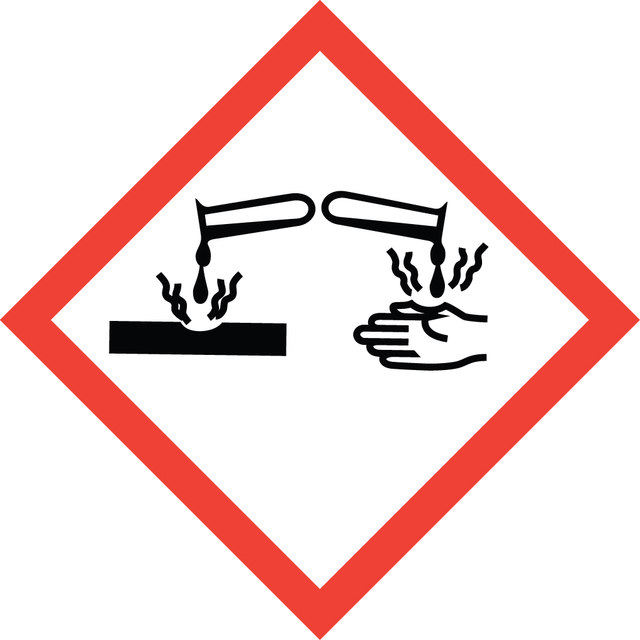Sign In to View Organizational & Contract Pricing
Select a Size
About This Item
Linear Formula:
HOOC(CHOH)2COOH
CAS Number:
Molecular Weight:
150.09
FEMA Number:
3044
Beilstein:
1725148
EC Number:
MDL number:
UNSPSC Code:
12164502
PubChem Substance ID:
Flavis number:
8.018
NACRES:
NA.21
Organoleptic:
odorless
Biological source:
synthetic
Food allergen:
no known allergens
biological source
synthetic
Quality Level
Assay
≥99%
mp
210-212 °C (lit.)
application(s)
flavors and fragrances
Documentation
see Safety & Documentation for available documents
food allergen
no known allergens
Organoleptic
odorless
SMILES string
O[C@@H]([C@H](O)C(O)=O)C(O)=O
InChI
1S/C4H6O6/c5-1(3(7)8)2(6)4(9)10/h1-2,5-6H,(H,7,8)(H,9,10)/t1-,2-/m0/s1
InChI key
FEWJPZIEWOKRBE-LWMBPPNESA-N
Looking for similar products? Visit Product Comparison Guide
Related Categories
Disclaimer
For R&D or non-EU Food use. Not for retail sale.
Signal Word
Danger
Hazard Statements
Precautionary Statements
Hazard Classifications
Eye Dam. 1
Storage Class Code
11 - Combustible Solids
WGK
WGK 3
Flash Point(F)
410.0 °F - closed cup
Flash Point(C)
210 °C - closed cup
Personal Protective Equipment
dust mask type N95 (US), Eyeshields, Gloves
Choose from one of the most recent versions:
Already Own This Product?
Find documentation for the products that you have recently purchased in the Document Library.
Jin Zhang et al.
Cell, 179(2), 392-402 (2019-09-24)
The ability to sense sour provides an important sensory signal to prevent the ingestion of unripe, spoiled, or fermented foods. Taste and somatosensory receptors in the oral cavity trigger aversive behaviors in response to acid stimuli. Here, we show that
Mrinal Kanti Bain et al.
Carbohydrate polymers, 91(2), 529-536 (2012-11-06)
Gelation temperature of MC was reduced from 59°C to 54°C with the addition of 10% PEG. Sodium tartrate (NaT) and sodium citrate (NaC) were added to the MC-PEG solution to further reduce the gelation temperature close to physiological temperature. Different
J B Olivato et al.
Carbohydrate polymers, 92(2), 1705-1710 (2013-02-13)
Tartaric acid (TA), a dicarboxylic acid, can act as a compatibiliser in starch/polyester blends. A mixture design was proposed to evaluate the effect of TA on the properties of starch/poly (butylene adipate co-terephthalate) (PBAT) blown films plasticised with glycerol. The
Mark D Eddleston et al.
Chemical communications (Cambridge, England), 48(92), 11340-11342 (2012-10-18)
The formation of diastereomeric cocrystals of malic acid and tartaric acid was investigated by liquid-assisted grinding in the solid state. We demonstrate that racemic malic acid can be converted into two distinct diastereomeric cocrystal phases by grinding with a single
Jianping Yang et al.
Chemistry (Weinheim an der Bergstrasse, Germany), 18(43), 13642-13650 (2012-09-22)
In this paper, we report a facile one-step hydrothermal method to synthesize phase-, size-, and shape-controlled carboxyl-functionalized rare-earth fluorescence upconversion phosphors by using a small-molecule binary acid, such as malonic acid, oxalic acid, succinic acid, or tartaric acid as capping
Chromatograms
Our team of scientists has experience in all areas of research including Life Science, Material Science, Chemical Synthesis, Chromatography, Analytical and many others.
Contact Technical Service